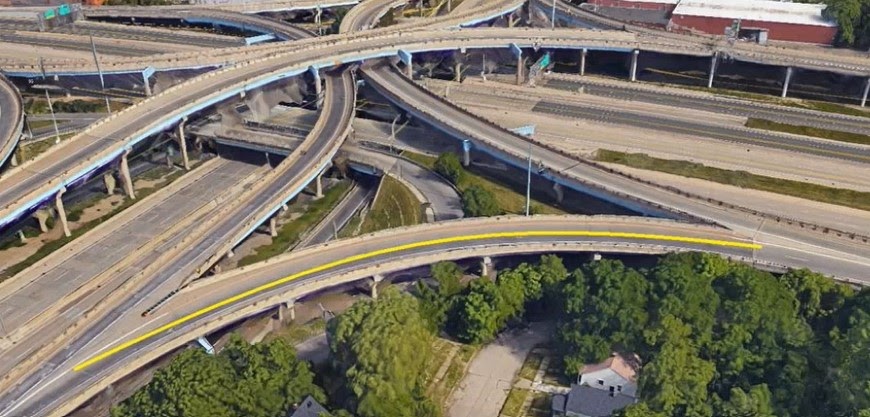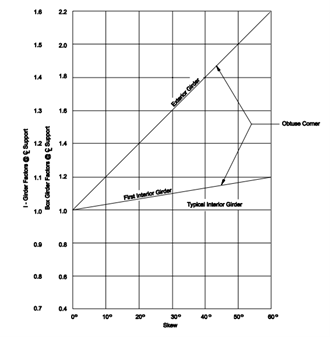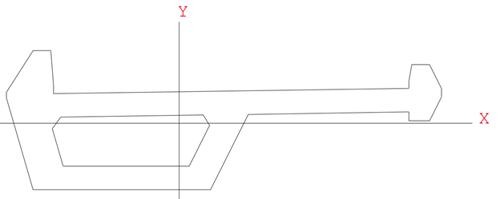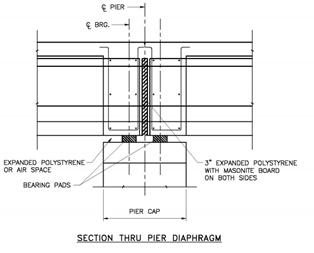Expert Tip: Define A Moving Load Optimization Travelway with Varying Width

Author: Xiaofeng Li
Publish Date: 28 Dec, 2021
Overview
This blog is written based on the networking session with the Connecticut region. You can see how professional engineers define a Moving Load Optimization pathway/travelway with varying width with their methods and knowledge.
Local Issue: Defining a Moving Load Optimization pathway/travelway with varying widths (e.g., flared roadway) cannot be handled directly in midas Civil. Typically two travelways, hence two models, are required for these cases to ensure that the entirety of the roadway is loaded and the controlling load case for each element is appropriately captured.
We invited two MIDAS Expert Engineers to share their experience and knowledge on this local issue. If you are interested connecting with these or any other MIDAS Expert Engineers, please visit this link.
First Example

Luis J. Vila, Ph.D., P.E.
Structural Engineer
GM2 Associates, Inc.
Image 1
In this example, you have a broader travelway on abutment 1 and a more narrow one on abutment 2. In midas Civil, you have a single option if you want to input the moving load optimization lane. You can input the lane width, and then midas Civil can figure out the optimization of the vehicle on the bridge. Also, you can only have one travelway that is assigned to the moving load case.
Image 2
The workaround is to create two distinct models with different travelways. Split it into two models. Each one has a different travelway. For example, model A with travelway 1 covers the red area in the image, and model B with travelway 2 covers the blue area. It’s easy for you to split the model. It will affect the post-processing twice if the flared roadway is minor, like 6 inches. The travelway will be overbuilt to make sure it covers the whole bridge. It’s not worth duplicating the model and do the post-processing twice if the flared roadway is minor.
The other workaround is defining the actual traffic line lanes and the moving load cases with the corresponding lanes to ensure the whole bridge is covered.
Second Example

Yazeed Abuhassan, P.E.
Structural Engineer
Bergmann PC
Image 3
The image shows an interchange portion of the bridge in Michigan. The analysis is done with midas Civil for the curved portion. The beginning part(left side) is wider, and it becomes more narrow towards the end.
Image 4
The workaround is to introduce two travelways. On the right side of image 4, you can find that two moving load optimizations are defined in the tree menu. To set up the first travelway in image 4, tracing the arch with the nodes from the bottom, and then extending to the beginning of the bridge. To set up the second travelway, extend the arch from the tangent point of the bridge with a different width. It means that the second travelway only covers the portion which is not covered by the first travelway.
Image 5
If you are unclear about the division of the travelway, please review the CAD image above. The blue line covers the first travelway, and the red line covers the second travelway.
Image 6
Since midas Civil wants the location that can offset from the nodes to find the middle line of the travelway, you will need nodes to determine the beginning of your travelway and the offset to optimize your lane. In order to do it for both lanes and avoid having the nodes all over the beginning portion, only importing the nodes at the same plane where the deck is.
The next step is to define the vehicles on both lanes. The benefit of doing it is that you can save time and avoid running all vehicles on the bridge for both lanes. For the second travelway, you only need to run the vehicles for the specific portion.
Image 7
Finally, the moving load case is defined for each truck using each lane, then envelope the result. The envelope will capture only one result which controls more. It will save time for post-processing.




Add a Comment